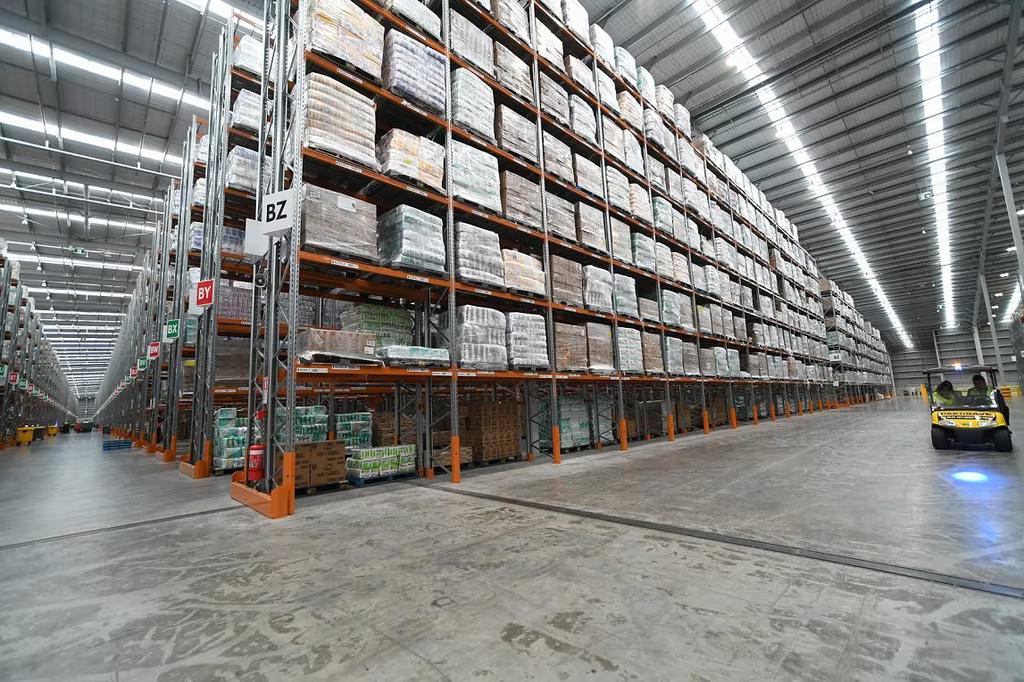
Media Release: Costs from grocery suppliers to supermarkets increase 4.3%pa in January
Supplier cost increases are still higher than a year ago, but recent trends support a continued moderation in input cost pressures. The Infometrics-Foodstuffs New Zealand Grocery Supplier Cost Index (GSCI) shows an average 4.3% increase in what suppliers charged Foodstuffs supermarkets for goods in January 2024 compared to a year ago.
“January saw a more limited monthly rise in costs,” says Infometrics Chief Executive and Principal Economist Brad Olsen. “The usual summer moratorium on most cost increases always limits movements in the Index for January, but supplier costs are still above levels seen a year ago.”
Moratoriums are used by many companies and industries to minimise system changes and protect trading for customers over the holiday period.
The Infometrics-Foodstuffs New Zealand Grocery Supplier Cost Index (GSCI), commissioned by Foodstuffs New Zealand, measures the change in the list cost of grocery goods charged by suppliers to the Foodstuffs North Island and Foodstuffs South Island co-operatives. The Index utilises detailed Foodstuffs NZ data across over 60,000 products the Foodstuffs co-ops buy to stock in their 500+ stores, making it the largest dataset of its type in New Zealand, to give a real-time view on supplier cost changes.
Every month, the Index tracks what it costs supermarkets to buy the goods to put on the shelf. Previous analysis shows that supplier costs are the major component of supermarket prices, representing two-thirds of the on-shelf price.
“Almost 2,900 items increased in cost in January, a smaller number than in January 2022 and 2023, but considerably more than in 2018-2020. Overall, this trend reinforces that supplier cost increases are not as broad and intense as in 2022 and 2023 but are still considerably elevated from periods when inflation was lower,” says Mr Olsen. “Cost increases in January 2024 skewed higher than January 2021 increases, with 9.2% of changes in cost being increases of more than 20% - compared to 7.2% of items in 2021.”
Just over a third of departments again recorded no change in the January 2024 month (compared to December), but there was more variation in the remaining departments. “Increasing dairy product prices saw chilled food costs lift,” says Mr Olsen. “Seafood costs also lifted as fresh fish costs increased, and produce costs rose slightly too. Some higher vegetable costs, like broccoli, onions, and lettuce, contributed to this monthly rise, even as costs fell for some fruits like berries and apples.”
“Cost changes appear to be settling into a trend that is lower than when the most intense cost increases were being observed but still considerably higher than before inflationary pressures started taking off.”
ENDS
Note:
The Infometrics-Foodstuffs New Zealand Grocery Supplier Cost Index (GSCI), commissioned by Foodstuffs New Zealand, measures the change in the list cost of grocery goods charged by suppliers to the Foodstuffs North and South Island cooperatives.
List cost refers to the cost suppliers charge retailers before trade spend is applied; trade spend being any form of discount provided by a supplier to allow their goods to be discounted.
The Index utilises detailed Foodstuffs NZ data, across over 60,000 products, analysed by independent economics consultancy Infometrics to produce the GSCI and publish it on a monthly basis. For more details see www.infometrics.co.nz/product/grocery-supplier-cost-index.









